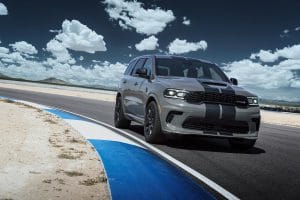
How many times have you bought frozen food only to find it half-thawed by the time you got home? Moving closer to the supermarket might help, but that’s an expensive proposition. A cheaper option is to buy a vehicle that gets you home quicker.
Here’s my recommendation: a 2021 Dodge Durango SRT Hellcat.
Those last four words are a bit incongruous, but the 710-horsepower Hemi Hellcat V-8 ensures that you’ll get home from the Piggly Wiggly in record time — and definitely before the ice cream melts.
(New Dodge Durango Hellcat comes with $80K price tag.)
Overview: Regardless of how much you’re willing to spend for a fast SUV, you won’t find a more powerful one than the 2021 Dodge Durango SRT Hellcat, the fifth FCA nameplate to yield a Hellcat model.
“It’s the last piece of the puzzle and, alongside the Charger and Challenger, completes the Dodge brand’s performance line-up,” said Tim Kuniskis, Global head of Alfa Romeo and head of Passenger Cars for FCA North America in a statement.
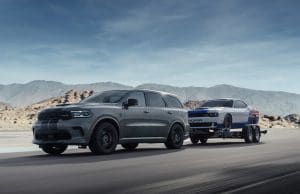
Dodge describes it as a “three-row muscle car.” It’s a term that might make you wince, but it’s not wrong. For the Dodge Durango SRT Hellcat’s V-8 is positively demonic, yet the Durango provides a level of practicality that’s unheard of among muscle cars.
And the Durango’s old west appellation is apropos given its function as a modern-day Conestoga wagon. But while a Conestoga could carry eight tons of lifestyle debris, the Durango’s payload capacity is a more modest 1,590 pounds. Thankfully, you can tow an additional 8,700 pounds.
Exterior: While its exterior shape looks familiar, all Durangos receive a freshening for 2021 with a new front fascia, LED projector headlamps and daytime running lamps, along with an updated grille, rear spoiler and wheels.
But the Hellcat goes a step further, making its intentions clear with a pair of massive racing stripes that traverse its exterior, a hood with a muscular hood scoop, and a new rear spoiler that creates a rear downforce of more than 140 pounds at 180 mph. The Hellcat’s aggressive demeanor suits the Durango surprisingly well, looking like a natural fit, as if the SUV’s been waiting its whole life for the transformation.
“… Dodge describes it as a “three-row muscle car.” It’s a term that might make you wince, but it’s not wrong …”
Interior: The Durango’s all-new instrument panel is clearly inspired by the one used in the Charger. It features a new 10.1-inch touchscreen and inspired trim details, such as the mottled carbon fiber, rather than the expected woven carbon fiber. Stylists also reworked the center console and front door trim, lending the cabin a broader feel.
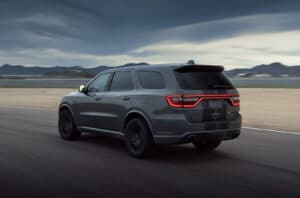
The driver’s seat firmly holds you in place, yet it has enough softness to maintain comfort as the miles roll by. The thick steering feels great; and can be heated. That said, the instrument cluster’s gauges are poorly designed. Stylized like a poor approximation of a diver’s watch, they’re illegible for conveying your speed or other information, forcing you to use the digital instrument cluster’s readouts instead.
Nevertheless, the revised interior is a noticeable improvement over the old one. Its merits remain unchanged, namely generous head and leg room. And when you’re not shuttling people, folding down the rear two rows expands cargo space to 85.1 cubic feet from 17.2 cubic feet.
(Dodge ups the hp numbers, adds first Durango Hellcat, new Charger Red-Eye.)
Powertrain: Sharing the Jeep Grand Cherokee’s platform, the Durango uses much of the Jeep Grand Cherokee Trackhawk’s SRT Hellcat hardware, revised for improved performance. Power comes from the proven supercharged 6.2-liter Hemi Hellcat V-8 engine, which generates 710 horsepower and 645 pound-feet of torque, through a standard 8-speed automatic transmission and a single-speed, full-time all-wheel-drive system.
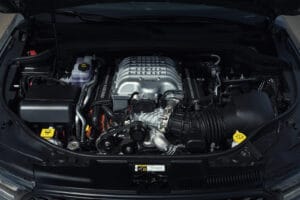
The Durango’s race-inspired technology includes Brembo brakes (6-piston calipers with 15.7-inch slotted composite rotors up front; 4-piston calipers and 13.8-inch rotors out back), launch control, launch assist, as well as selectable steering tuning, transmission shift speed, traction modes, suspension settings and drive modes.
Technology and Safety: If you want the latest in driver assistance safety features, be sure to opt for the Technology Group, which adds adaptive cruise control, forward-collision warning with active braking, advanced-brake assist and lane-departure warning with lane-keeping assist. Blind-spot monitoring and rear cross-path detection are a standalone option.
All Durangos come with FCA’s new Uconnect 5 and a 10.1-inch touchscreen is standard. The home screen can be personalized, a nice touch. AM/FM/HD radio/SiriusXM radio, Bluetooth, wireless Android Auto and Apple CarPlay, TomTom Navigation, Amazon Alexa compatibility, dual phone connectivity and multiple USB Type A and C ports are standard.
The new screen’s larger size and higher resolution are welcome, while Uconnect’s new interface is even easier to use that before. Thankfully, its basic layout – with basic function buttons at the bottom of the screen – remains intact.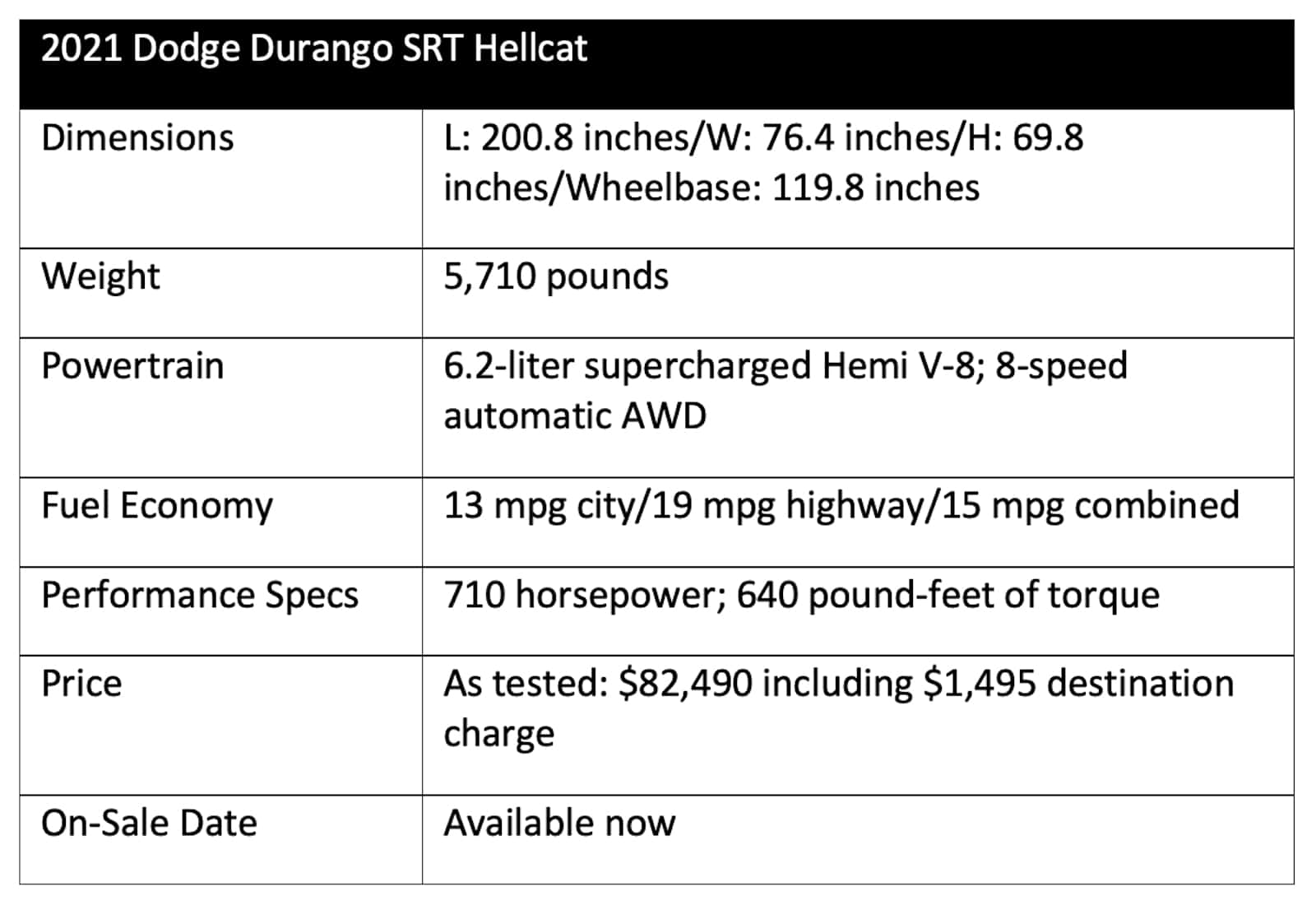
Driving impressions: Driving through the biblical rain in South Carolina, the Durango SRT Hellcat proves to be something truly unlikely: a three-row, family-hauling muscle truck. What’s truly remarkable is what occurred once I reached my destination, Carolina Motorsports Park in Kershaw, South Carolina.
For it is then that the Durango proves its worth. After all, how many SUVs can effortlessly overcome the worst that Tropical Storm Eta has to dish out, only to follow it up by effortlessly tackling a 2.279 miles road course with 14 turns like a true muscle car? It’s mighty impressive.
But the Durango SRT Hellcat’s demonic personality allows you to drive it with disregard for fellow motorists – although you shouldn’t – and its talents still make themselves apparent regardless of the weather. Grip is remarkable on wet, ponding roads. Conditions that might cause you to slow down in other cars aren’t an issue in Durango SRT Hellcat, providing a knowing safety in knowing that you have all the grip and athleticism you need, and more power than almost every other vehicle on the road.
As you’d expect, speed comes on quickly accompanied by a mighty roar accented by a high-pitched whine. This exquisite symphony entices you to make the most of this machine, with the pedals and steering proving to be the perfect accomplices in making it easy to drive smoothly despite the power on tap. Steering is nicely weighted, and returns a scintilla of road feel. The ride is surprisingly comfortable despite the limited amount of body roll in corners; credit the adaptive damping.
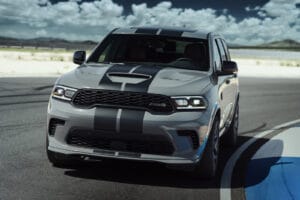
How fast is it? How about a 0-60 mph run in 3.5 seconds, a National Hot Rod Association-certified quarter-mile time of 11.5 seconds, and a top speed of 180 mph. And it’s a three-row SUV; its deep well of power is always under foot, while all-wheel drive maintains its grip despite your requests.
(Dodge moves the needle again, debuts 807-hp Challenger SRT Super Stock.)
Wrap Up: If you’re needing a new vehicle as winter approaches, you might think that buying a Dodge Hellcat is out of the question. After all, they’re rear-wheel drive.
Yet the Durango SRT Hellcat furnishes hell-raising, ticket-netting performance, while carrying the whole family and their lifestyle debris no matter what the weather.
But if you want one, be advised that Dodge will build the Durango SRT Hellcat for one model year: 2021.
You know what to do.

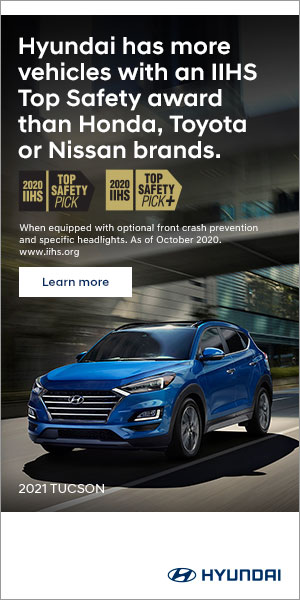

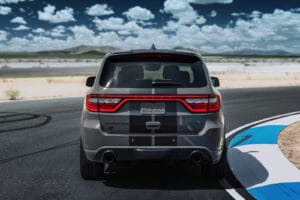
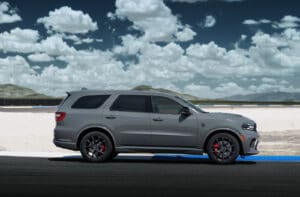
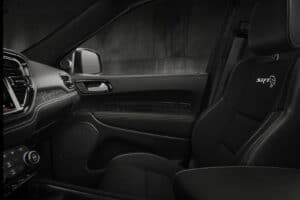
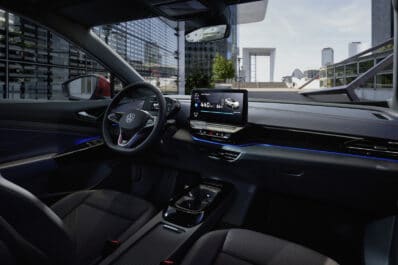
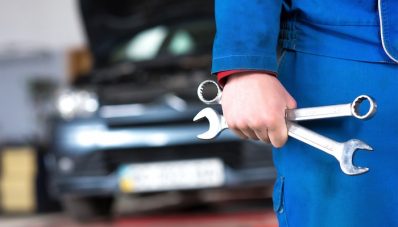
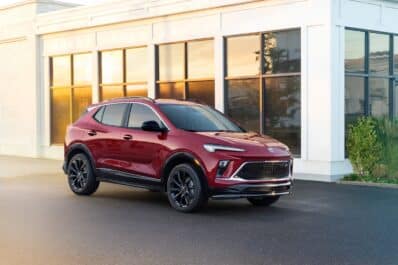
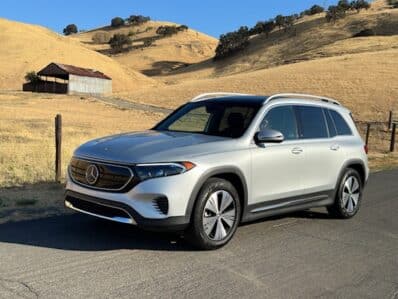
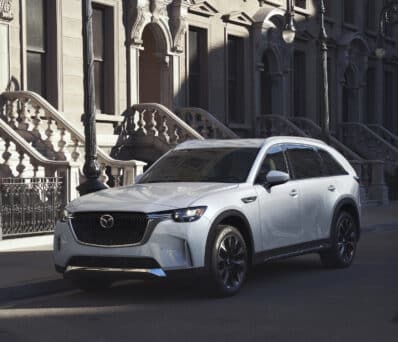
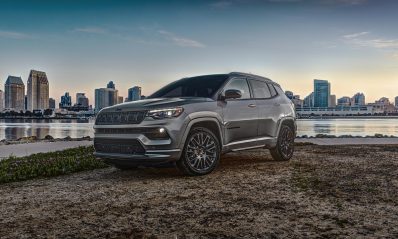
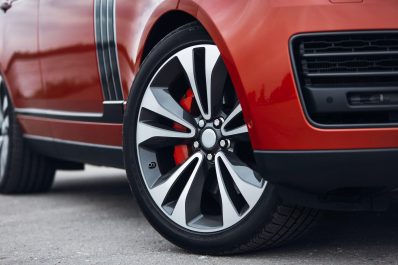

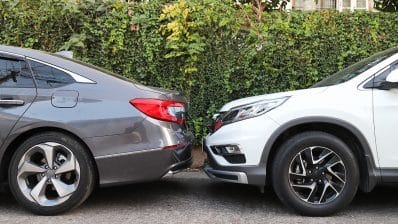
They’re AWD, not RWD.
Nevermind, I reread the statement.